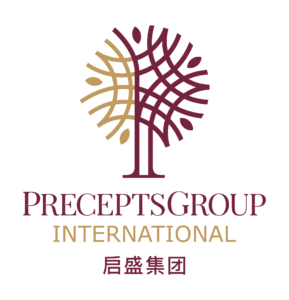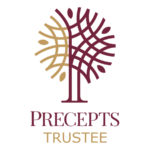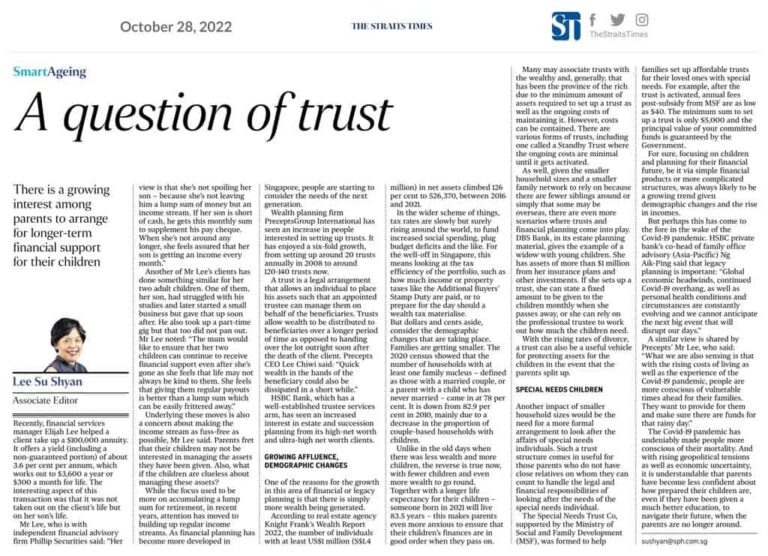In the first part of this two-part article, Kimmis Pun of Shenning Investments examines the use of Family Trusts to manage the wealth of High Net Worth individuals (HNWIs) and families
HNWI Family Dynamics
HNW families accumulate sizable family assets through years of efforts to expand their businesses and invest their wealth. No families would dispute the universal objective of allowing the next generations or other loved ones to enjoy and benefit from the global assets which might include operating
businesses, investible assets, real estate, insurance products, intellectual property and collectibles.
The diversified life experiences of HNWIs entail well-structured wealth and succession plans. In some cases, the convoluted fabric of the family branches might make the plans more complex and even subject to legal challenges.
Family disharmony is not uncommon especially when the inter-generational transfer of wealth faces complications. The prevailing commonality in cohesive families is the way to solve complex issues through continuous conversations among their members. Some outcomes are encouraging while others might be futile. Nonetheless, relational problems should be solved with relational solutions, while structural problems are solved with structural solutions.
HNWI Family Inheritance
The implementation of inter-generational and cross-border family wealth inheritance is based on 3Es – Etiquette (rules and guidelines), Execution (professional teams) and Exhibit (wealth planning tools).
Etiquette
- Family Constitution – core value & governance
- Individual Wills – bequeath and terms
Execution
- Family Office
- Executors or Administrators
- Professional Wealth Planner or Financial Advisers
Exhibit
- Family Trust
- Family Fund
- Family Insurance
A family constitution or charter is the fundamental law that governs the family and process of inheriting the family business. It serves as a mechanism to prevent and solve intra-family disputes. To formulate a family constitution, the family dynamic, vision, mission, core values, behavioural norms, inheritance goals and development strategies should be considered. It also defines the relationship between family and business, the system of equity transfer, the distribution and formation of operating power, the ethical norms of existing and future leaders.
A family office is the highest execution team responsible for implementing family affairs. It can be seen as the administrative management team for the family business. It manages the family assets, aligns various interests of family
members, handles non-financial issues such as legacy planning, archive keeping, lifestyle management, selection and grooming of successors.
Wealth and legacy planning tools help HNWIs manage global investments and the inter-generational transfer of assets in a professional and smooth fashion. Besides the management and administration of the family assets, the ownership of these assets is of paramount importance. At present, the common holding structures are the Family Holding Company, Family Trust, Family Fund and Family Insurance. We will focus on the latter three holding structures in this and the next iteration of The Custodian.
Family Trust
We will highlight the most common structure, the Family Trust, in the first part of this article. A Family Trust is an expressed private legal arrangement allowing the settlor to transfer or give away his assets (tangible and intangible) to the trustee for the benefit of the named beneficiaries, over a specified period, or upon the occurrence of a stipulated incident such as death of the settlor.
To make a Family Trust effective and valid under the law, and besides the settlor having the legal capacity to create the trust, there are three certainties that have to be present simultaneously:
- Intention of the settlor – the real desire to create a trust
- Subject matter – the assets to be entrusted to the trustee, or
Trust assets - Object – the named beneficiaries
How is a Family Trust used?
There are many uses of Family Trusts that allow HNWIs to plan for their families, assets and businesses. These include:
- Provide for family members in case of unforeseen circumstances
- Look after incapacitated/ vulnerable family members or minors
- Control the devolution of assets in countries with forced heirship rules
- Shield family assets and businesses against wasteful descendants, ugly divorces, creditors, scams or unprecedented risks
- Hold significant listed company shares or certain important/ memorial assets intact within the control of the family
- Hold life assurance policies and receive pay-outs from the policies upon the demise of the life insured
- Manage and invest the family assets and funds through professionals, maximising potential growth and income Carry out tax and estate duty planning for family assets and businesses
- Avoid a cumbersome probate process in certain countries upon the death of the settlor
- Ensure an orderly distribution of family assets to family members (beneficiaries) at a specified time or over a period designed by the settlor
- Avoid family squabbles or conflicts in case of unequal or perceived unfair transfer of family assets to certain family members
- Set aside funds for education or business ventures for next generations
- Set up family charities to serve the under-privileged
- Keep family history and archives intact
- Keep family information and issues away from public eyes
What are the types of Family Trusts?
In general, we can differentiate the nature of a Family Trust
from three perspectives:
- Time of creation
- Living (Inter-vivos) – set up during the lifetime of the settlor
- Testamentary Trust – set up via a Will written by the settlor and becomes effective upon the settlor’s death
- Power of revocation
- Revocable – the settlor can revoke the Family Trust anytime during his or her lifetime
- Irrevocable Trust – the settlor has no power to revoke the Family Trust
- Power of management
- Non-discretionary (fixed) – the trustee has no discretion but to follow the terms of the trust deed
- Discretionary trust – the trustee has wide power to make distributions to the beneficiaries, manage the trust assets and adhere to the legislative fiduciary duties
How many stakeholders in a Family Trust?
In general circumstances, there are three stakeholders in a Family Trust:
- Settlor
- The person setting up a Family Trust and transferring his or her assets to the trustee
- Must be careful when reserving powers as too much powers reserved might lead to a “sham” in the eyes of the law
- Trustee
- A legal entity undertakes the trusteeship under the trust deed and receives the legal title to the trust assets transferred to it by the settlor
- Assumes the fiduciary duties owed to the beneficiaries, failing which, could be sued for breach of trust
- Beneficiaries
- The persons for whose benefit the Family Trust is created
- Have personal rights to enforce the terms of the Family Trust and ensure the trustee carries out its provisions and duties
- Have equitable (beneficial) interests in the trust assets allowing them to enjoy the trust assets in accordance to the terms of the Family Trust
- Have no authority to influence how the Family Trust is administered by the trustee unless they are given specific provisions in the trust deed
Meanwhile, to place a mechanism to protect the trust assets
and the beneficiaries, the settlor can appoint a fourth party
into a Family Trust:
- Protector
- Is not a party to the trust deed and has no legal title vested in his or her name
- Cannot be a named beneficiary in the Family Trust
- Has reactive powers against the actions of the trustee
- Has proactive powers and can initiate an action such as payment to beneficiaries, remove/ appoint beneficiaries, remove the trustee and appoint another appropriate trustee
What are the duties of the trustee?
The duties imposed on the trustee arise by virtue of the general obligation as a fiduciary. The trustee:
- Should not normally delegate its trust functions except its administrative ones and certain asset management functions
- Should exercise a duty of care when dealing with a Family Trust
- Must act in good faith and make the interests of beneficiaries of paramount concern
- Should not normally purchase the trust assets (the rule against self-dealing)
- Should not benefit or keep profits from the Family Trust
- Cannot charge for its services unless properly authorised or has the statutory authority (a professional trustee).
- Must comply with the terms of the trust deed
- Should take control of the trust assets, preserve the value of the capital and invest assets prudently under the advice of professionals to provide income for the beneficiaries
- Should act impartially among all the beneficiaries and provide timely information when required by the beneficiaries
- Must provide for the education, maintenance or benefit of a minor beneficiary, and pay capital sums of the advancement or benefit to a beneficiary
- Should keep accurate accounts of trust assets
How to terminate a Family Trust?
A Family Trust can be terminated under these circumstances:
- Full distribution of all the capital and income to the named beneficiaries by the trustee according to the terms in the trust deed
- The court decides in its circumstantial merits and orders the trust assets be divided for the beneficiaries
- The court intervenes to set aside a Family Trust when it was set up to avoid creditors or it was a sham
The second part of this article will be presented in next issue of The Custodian.

Kimmis Pun
Managing Director, Family Office Shenning Investments Pte Ltd














